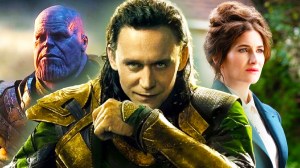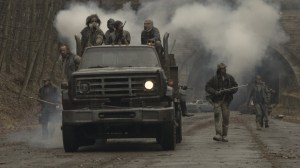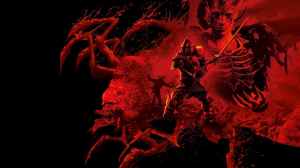It’s no secret that the superhero genre is one of the most dominant in modern cinema, with several new releases each year. As well as breaking multiple box office records, superhero movies have become a huge part of pop culture, with live-action adaptations of comic book characters becoming one of the most consistently popular elements of the medium. Many of the most well-known heroes have been staples of comic book stories for years, giving the movies a wealth of source material to choose from. The movies of the MCU, the DCU, and other comic book movie franchises have built their success on delivering different versions of many of these characters, although not always with the consistency one might expect.
Videos by ComicBook.com
The sad truth is that many comic book movies are not consistent in their depictions of popular heroes, and sometimes sequels just completely ignore concrete facts and rules established about their characters. From movie to movie, the portrayal of certain characters has changed drastically, whether in power levels, personality, or narrative continuity. Regardless of the reasons, there’s a frustratingly persistent issue with superhero characters that the movies just can’t seem to decide how to adapt.
8) Cyclops is a Great X-Men Leader… Until He’s Not
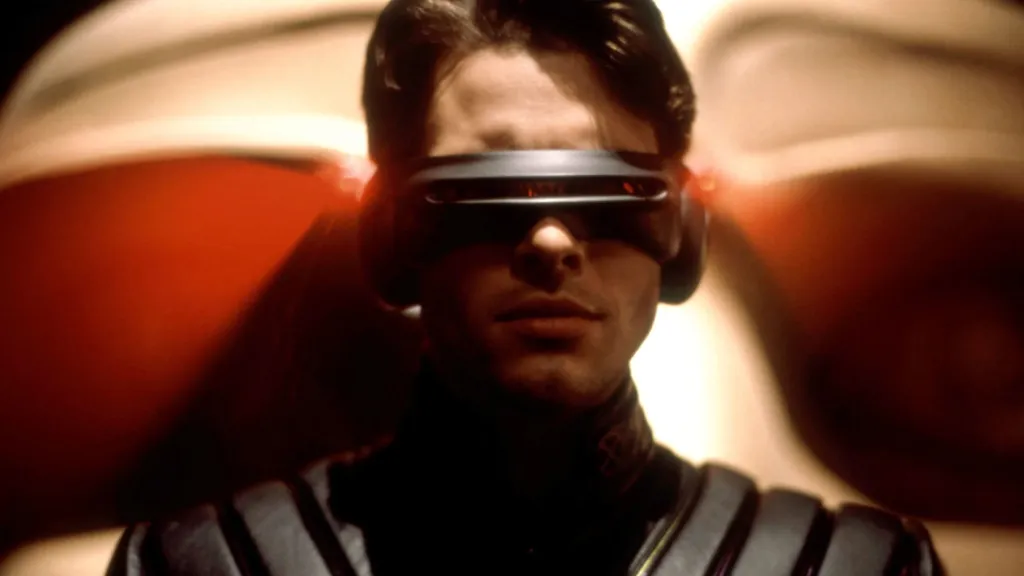
Cyclops may not be one of the most powerful mutants in the X-Men movies, but he is one of Marvel’s most iconic members of the team. Traditionally depicted as a leader among Marvel’s mutant community, Cyclops is a long-standing feature of Marvel stories revolving around the X-Men. This has translated to the character being featured in multiple movies across the complex timeline of Fox’s X-Men franchise, with three different actors playing Cyclops over a span of two decades. Sadly, that’s also led to major inconsistencies.
In other words, Cyclops’ movie appearances have so far had no idea how to make him a consistent and reliable aspect of live-action X-Men adaptations. Most importantly, Cyclops’ leadership skills are incredibly hit and miss, being acknowledged briefly in 2000s X-Men before being largely forgotten in subsequent movies. From there, he’s frankly quite petulant.
And then, on top of that, the franchise simply couldn’t deliver Cyclops with any consistency. The character’s age across the timeline is a well-known problem, as he’s depicted as approximately 16 years old in movies set in both the early ’70s and the mid-’80s.
7) Iron Man’s On-Again, Off-Again Retirement
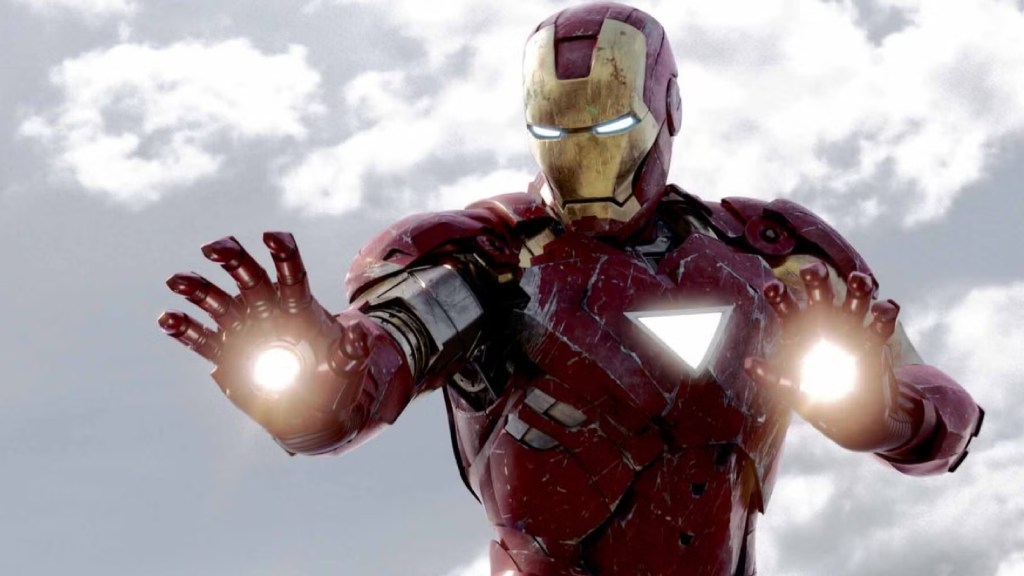
Though Iron Man’s biggest moments have cemented him as an MCU icon, that isn’t to say there are no problems at all with his story in the franchise. Robert Downey Jr.’s performance in the role was note-perfect throughout the Infinity Saga, but the MCU did let the character down on multiple occasions through its writing. Although he was consistently one of the franchise’s most important heroes, Iron Man was not treated with the narrative consistency deserving of such an important character.
Several aspects of Iron Man’s MCU story make him seem distinctly inconsistent. For example, he announces his retirement on two separate occasions, only to return to his heroic duties almost immediately. Additionally, the way that his suits are powered was quietly rewritten multiple times, with the MCU subtly changing its explanation to better facilitate story developments. While Tony Stark remains one of the MCU’s best characters, there were times when he was not portrayed consistently in the franchise.
6) Wonder Woman Power of Flight
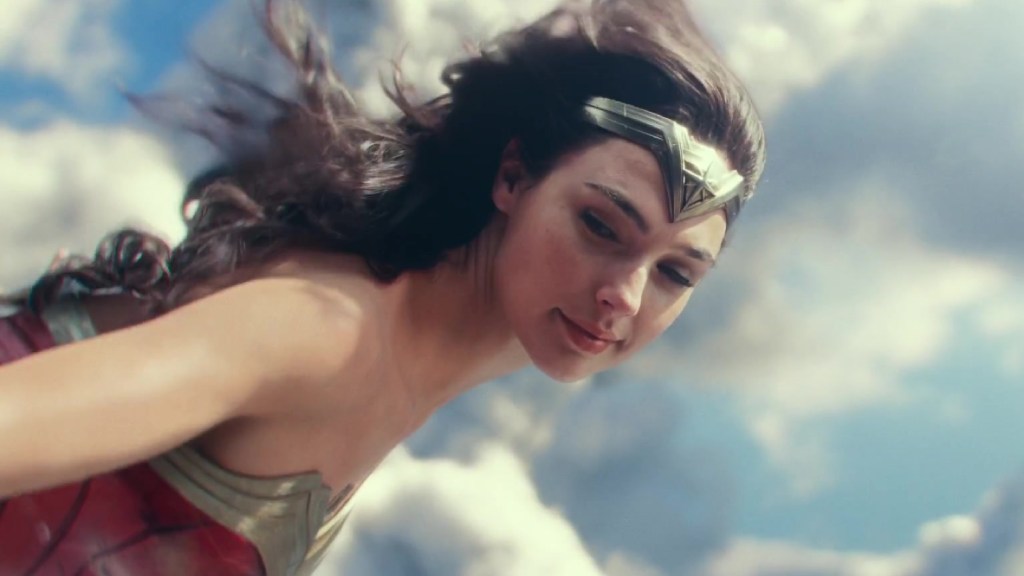
While Wonder Woman remains one of the better portrayed heroes in the DCEU, the franchise’s inconsistent treatment of her resulted in some frustrating DC movie plot holes. Having first appeared in the present-set Batman v Superman: Dawn of Justice, Wonder Woman then featured in her own solo movie depicting her origins. She went on to appear in a sequel, Wonder Woman 1984, also set before the events of Batman v Superman. However, Wonder Woman 1984 actually creates an irritating inconsistency about the character that makes Snyder’s crossover look sloppy.
The movie’s ending shows that the hero has learned how to fly, although this is not a skill that she made any real use of in either Batman v Superman or Justice League, both set years after. Did she just forget? Surely that power would have been useful in fighting both of Snyder’s big bads? Then again, the DCEU’s continuity rather let Wonder Woman down. She hid from humanity for years on multiple occasions, only to once again announce herself to the world as if total anonymity was something to flip on and off casually. The first time is after the events of Wonder Woman, then again after Wonder Woman 1984. Reusing the plot point only makes the hero seem unreliable and inconsistent, and hurts her overall image within the context of the franchise.
5) How Hulk’s Powers Work
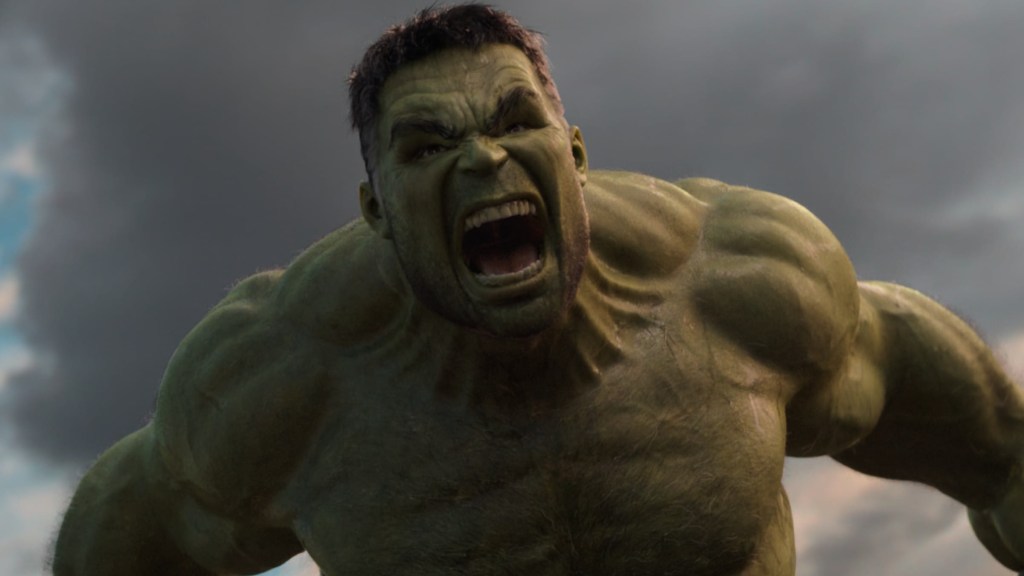
Though the Hulk has been established as one of the franchise’s strongest characters, he’s one of several MCU characters weaker in the movies than in the comics. Having first appeared in 2008’s The Incredible Hulk, the Jade Giant is a character who has played an important role in multiple stories within the MCU. Even so, the franchise has not delivered Hulk stories with any real balance, partly due to the fact that he has only received a single solo project despite being one of the MCU’s longest-serving characters.
The MCU has simply not been consistent with how it portrays Hulk. It was first implied that Hulk was simply Banner’s mutated form, then it was established that he was a separate entity. Later, Hulk took over completely, and shortly after, Banner couldn’t transform at all. Then, Banner and Hulk were reconciled into a single being off-screen ahead of Avengers: Endgame. Additionally, the character has been treated both as an incredibly powerful asset or a liability, depending purely on the circumstances, making him one of the most unfairly treated characters in the MCU’s continuity.
4) Captain Marvel Said To Call in The Case Of Emergencies
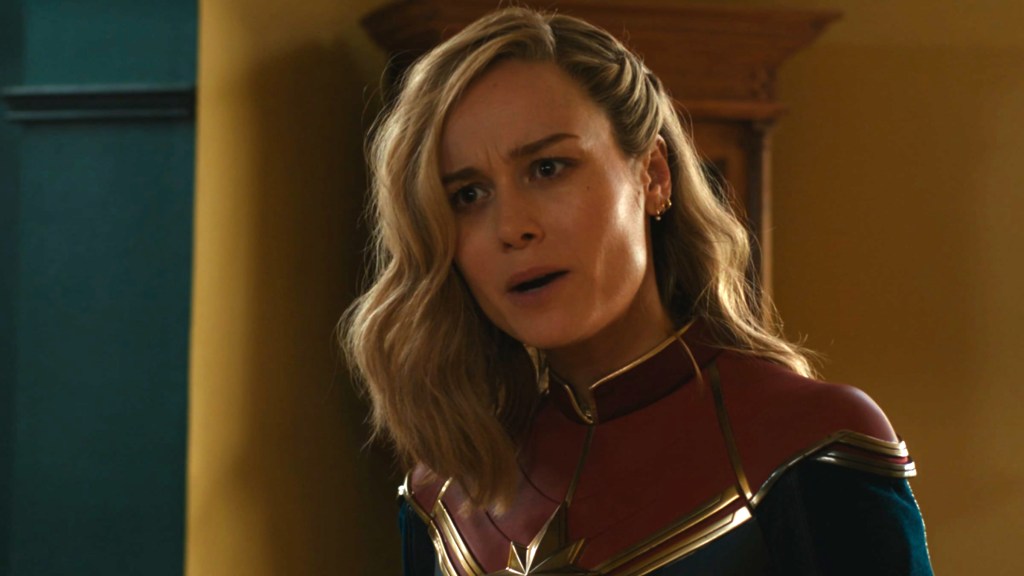
Not all superhero issues stem from continuity issues. Captain Marvel’s introduction into the MCU came in 2019’s Captain Marvel, which established that Carol Danvers gained her cosmic powers in the ’90s before heading off to battle the Kree around the galaxy. This set up her appearance in Avengers: Endgame, and established a major player within the MCU’s hierarchy of power at the same time. However, the implications of Captain Marvel’s prequel introduction created narrative issues for the character.
By establishing that Captain Marvel was active as a hero since before the events of Iron Man, and literally having her say to call in the case of an emergency, her absence from major universe-threatening events such as the Battle of New York and Avengers: Infinity War didn’t really make sense. At least not without some logical acrobatics. More problematically, she sat out the Guardians’ conflict with Kree warlord Ronan the Destroyer, despite having already tangled with the villain before. This makes Captain Marvel seem incredibly unreliable as a hero, as for all her power, she was retroactively absent from many important events that she realistically should have been called in to help with.
3) Magneto’s Complicated Heroism

Ahead of the character’s debut in the franchise, there has been considerable discourse about how the MCU should portray Magneto. The complex mutant character played a major role in Fox’s X-Men franchise, appearing across its timeline as both a hero and a villain at different times. The complicated nature of Magneto stems from his central motivation, which manages to both justify his actions and portray him as a pretty ruthless antagonist. While this has long been a key part of the character’s stories, it hasn’t always translated well to the big screen.
Magneto’s appearance in X-Men movies so far has admittedly captured his complex nature very well. Even so, there has been a reluctance to allow the character to operate entirely free of labels, having him constantly flit between heroism and villainy. While it makes sense from the viewpoint of helping the audience know whether or not to root for him, the inconsistency occasionally comes across as a heavy-handed and unnecessary exercise of placing the character in a box only to unsurprisingly have him perform a moral U-turn in practically every movie.
2) Thor’s Complete Personality Change (& His Powers)
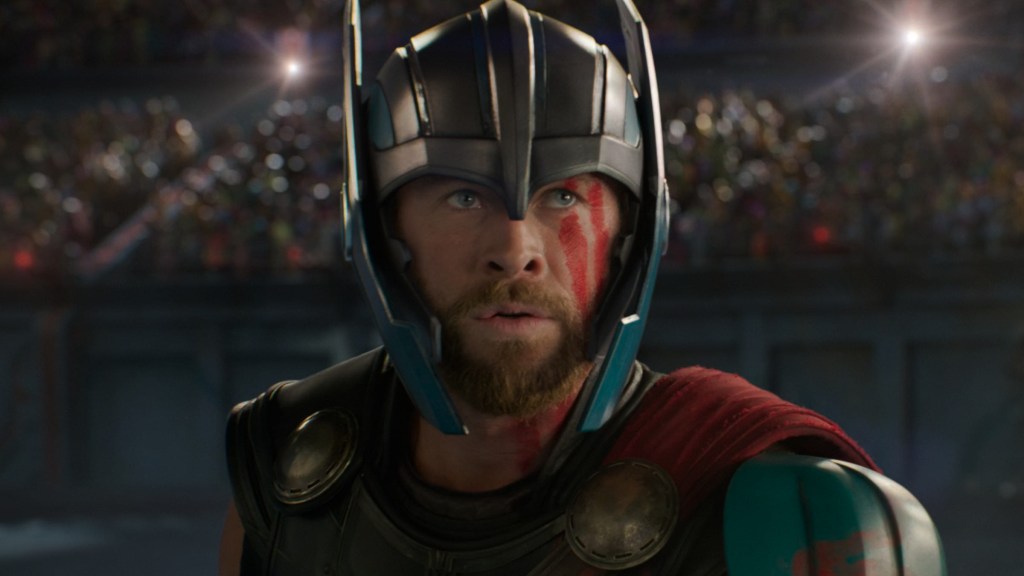
Thor: Ragnarok is rightly hailed as one of the funniest MCU movies, but it creates a major inconsistency regarding its titular hero. Thor was first introduced in 2011’s Thor before becoming a founding Avenger in The Avengers and returning in Thor: The Dark World and Avengers: Age of Ultron. Throughout his first four MCU appearances, he’s a serious character whose inability to properly understand Earth humor is itself used to comedic effect. His appearance in Ragnarok completely changed his personality, though.
Instead of the serious Thor of previous MCU movies, Ragnarok depicted him as a much sillier and more comedic character. The personality change alone seemed incredibly inconsistent with his previous appearances, and other elements of the movie created similar issues. For example, Thor implied that Mjolnir was a conduit for the hero’s abilities, but Ragnarok explains that this isn’t the case at all when the hammer is destroyed. It’s a movie that changed Thor for the better, but at the cost of making his depiction in the MCU seem painfully inconsistent.
1) The Science of Ant-Man’s Powers
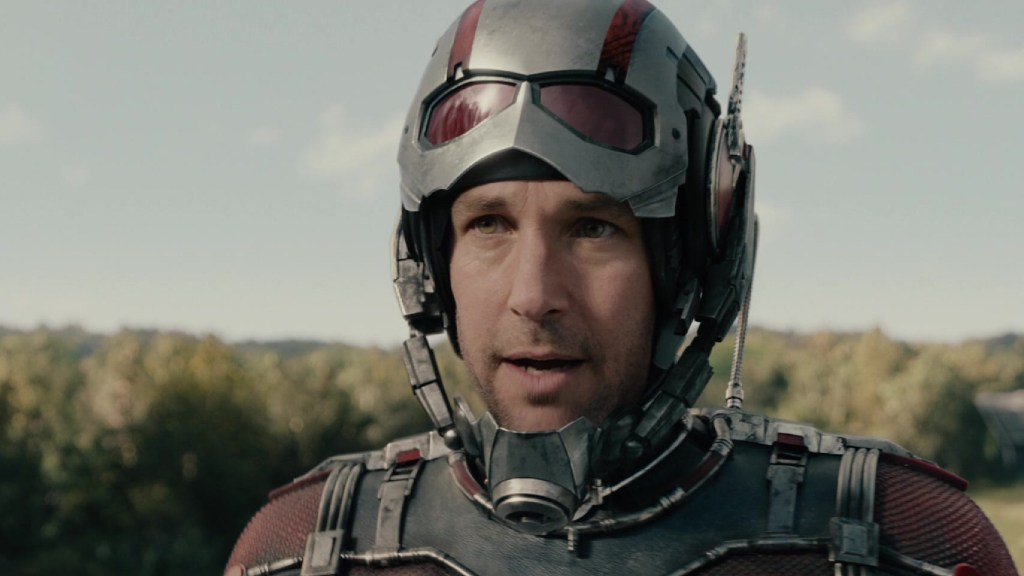
Of all the Marvel movie plot holes in the MCU, Ant-Man’s abilities are by far the most frustrating. The hero was first introduced in 2015’s Ant-Man, which saw Scott Lang inherit the mantle from Hank Pym, who roughly explained the fictional science behind the Pym particles, which allow the hero to shrink or grow. One of the key points is that the process does not alter mass, allowing Ant-Man to retain his strength even while shrunk down to minuscule sizes.
Sadly, the MCU has not even attempted to be consistent in its approach to Ant-Man’s use of Pym particles. While he always retains his strength while small, he gains enhanced strength while grown into Giant Man, and his mass is clearly altered on many occasions, such as when buildings and tanks are shrunk and carried by normal humans, or when Ant-Man takes flight on the back of an ant. While being consistent with the science of Pym particles would greatly hinder Ant-Man’s stories, it’s still a frustrating way to have written the character into the franchise.

